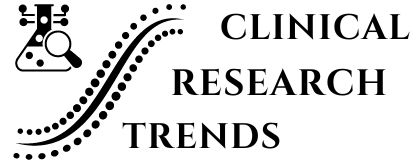The Role of Biobanks in Clinical Research
In the ever-evolving landscape of clinical research, biobanks have emerged as crucial repositories for the advancement of medical science. Defined as collections of biological samples, such as blood, tissue, and DNA, along with associated health data, biobanks serve as invaluable resources for researchers. They facilitate the study of diseases, the development of personalized medicine, and the discovery of new treatments.
The concept of biobanking is not new. Historically, the storage of biological samples can be traced back to the early 20th century when the need for systematic collection and preservation of specimens was recognized. Early biobanks were relatively simple, often limited to small-scale storage for specific research projects. However, the field has significantly evolved over the past few decades. Technological advancements, improved data management systems, and a greater understanding of genetics and genomics have transformed biobanks into sophisticated, large-scale operations that are integral to modern clinical research.
Biobanks are of paramount importance in today's clinical research for several reasons. Firstly, they provide researchers with access to a diverse range of high-quality biological samples, which are essential for studying the underlying mechanisms of diseases. This access accelerates the pace of research and enhances the reproducibility of findings. Secondly, biobanks enable the identification of biomarkers and genetic variations associated with diseases, leading to the development of targeted therapies and personalized medicine approaches. Thirdly, they support epidemiological studies by offering comprehensive data sets that link biological samples with health records, thereby facilitating the investigation of disease patterns and risk factors.
In summary, biobanks have become indispensable to clinical research, driving innovations and breakthroughs in medicine. Their role in facilitating the collection, storage, and utilization of biological samples and data is crucial for advancing our understanding of diseases and developing more effective treatments.
Types of Biobanks
Biobanks come in various forms, each designed to serve specific research purposes and objectives. The four primary types of biobanks include population-based biobanks, disease-oriented biobanks, tissue biobanks, and virtual biobanks. Each type plays a unique role in the landscape of clinical research, contributing valuable resources for different areas of study.
Population-Based Biobanks
Population-based biobanks collect and store biological samples and health data from a large and diverse group of individuals, often representing a specific population or community. These biobanks aim to capture a broad spectrum of genetic, environmental, and lifestyle factors that contribute to health and disease. By analyzing data from population-based biobanks, researchers can identify genetic variations, risk factors, and disease prevalence within a population. Examples include the UK Biobank and the All of Us Research Program in the United States. These large-scale initiatives provide a wealth of data that supports epidemiological studies, public health research, and the development of personalized medicine.
Disease-Oriented Biobanks
Disease-oriented biobanks focus on collecting samples from individuals with specific diseases or conditions. These biobanks are designed to facilitate research into the causes, progression, and treatment of particular diseases. By providing access to samples from affected individuals, disease-oriented biobanks enable researchers to identify disease-specific biomarkers, genetic mutations, and potential therapeutic targets. Examples include the Cancer Genome Atlas and the Parkinson’s Progression Markers Initiative. Such biobanks are critical for advancing our understanding of disease mechanisms and developing targeted treatments.
Tissue Biobanks
Tissue biobanks specialize in the collection, storage, and distribution of tissue samples, such as biopsies, surgical specimens, and post-mortem tissues. These samples are vital for studying the cellular and molecular characteristics of various tissues, understanding disease pathology, and developing new diagnostic and therapeutic approaches. Tissue biobanks often collaborate with hospitals, surgical centers, and pathology departments to acquire high-quality specimens. They play a crucial role in cancer research, regenerative medicine, and histopathological studies, providing researchers with the materials needed to investigate tissue-specific processes and diseases.
Virtual Biobanks
Virtual biobanks, also known as biobank networks or federated biobanks, are a relatively new concept that leverages digital technologies to facilitate the sharing and access of biological samples and data across multiple biobanks. Instead of physically transferring samples, virtual biobanks create interconnected databases that allow researchers to search for and request samples from a distributed network of biobanks. This approach enhances collaboration, maximizes resource utilization, and accelerates research by providing broader access to diverse samples and data. Virtual biobanks exemplify the potential of technology to overcome geographical and logistical barriers in clinical research.
In conclusion, the different types of biobanks each play a vital role in advancing clinical research. Whether through the broad, population-level data of population-based biobanks, the targeted focus of disease-oriented biobanks, the detailed cellular insights from tissue biobanks, or the collaborative power of virtual biobanks, these repositories provide the foundation for groundbreaking discoveries and innovations in medicine. Their contributions are essential for the ongoing quest to understand and treat diseases, ultimately improving health outcomes worldwide.
Collection and Storage of Samples
The effectiveness of biobanks in supporting clinical research heavily relies on the meticulous collection and storage of biological samples. Ensuring that samples are collected and stored properly is crucial for maintaining their integrity and usability in research. This section delves into the processes involved in sample collection, the storage conditions and techniques used, and the quality control measures implemented to ensure the highest standards.
Sample Collection Processes
The process of collecting samples for biobanks is governed by strict protocols to ensure consistency, quality, and ethical compliance. Collection can occur in various settings, including hospitals, clinics, and research institutions. The steps typically include:
- Informed Consent: Before any sample is collected, donors must provide informed consent, ensuring they understand the purpose of the biobank, how their samples will be used, and their rights regarding privacy and withdrawal.
- Sample Acquisition: Depending on the type of biobank, samples collected can include blood, saliva, urine, tissue biopsies, and other biological materials. The methods for collecting these samples are standardized to minimize variability and ensure that they are suitable for long-term storage and future analysis.
- Documentation and Data Collection: Alongside the biological samples, detailed information about the donor’s health, lifestyle, and demographic data is recorded. This contextual data is essential for the meaningful interpretation of research findings.
- Labeling and Coding: To protect donor anonymity and maintain sample traceability, each sample is labeled with a unique code. This coding system allows for the secure linking of samples to donor information without revealing personal identities.
Storage Conditions and Techniques
Once collected, biological samples must be stored under specific conditions to preserve their integrity over long periods. The storage conditions vary depending on the type of sample and its intended use in research:
- Temperature Control: Different samples require different storage temperatures. Blood and DNA samples are typically stored at -80°C, while some tissues and RNA samples may require storage in liquid nitrogen at -196°C. Proper temperature control is critical to prevent degradation and ensure the samples remain viable for future analysis.
- Cryopreservation: For certain types of cells and tissues, cryopreservation techniques are used. This involves freezing samples in a way that prevents ice crystal formation, which can damage cellular structures. Cryoprotectants are often added to protect cells during the freezing and thawing processes.
- Automated Storage Systems: Advanced biobanks use automated systems to manage large volumes of samples. These systems precisely control storage conditions and facilitate efficient retrieval and tracking of samples. Automation reduces the risk of human error and enhances the security and organization of the biobank.
Quality Control Measures
Maintaining the quality and integrity of samples is paramount for the reliability of research outcomes. Biobanks implement rigorous quality control measures to ensure that samples meet high standards:
- Regular Monitoring: Storage conditions, including temperature and humidity, are continuously monitored using advanced sensors and alarms. Any deviations from the set parameters are promptly addressed to prevent sample degradation.
- Sample Validation: Periodic validation tests are conducted on stored samples to assess their integrity and suitability for research. This includes checking for contamination, ensuring genetic material remains intact, and verifying that the samples can produce reliable analytical results.
- Standard Operating Procedures (SOPs): Biobanks adhere to detailed SOPs for all aspects of sample handling, from collection and processing to storage and retrieval. These procedures are regularly reviewed and updated to incorporate the latest best practices and technological advancements.
- Audit and Compliance: Regular audits are conducted to ensure compliance with regulatory standards and ethical guidelines. These audits help identify any areas for improvement and ensure that the biobank operates at the highest standards of quality and integrity.
In summary, the collection and storage of samples in biobanks involve highly controlled processes designed to preserve the integrity and quality of biological materials. By adhering to stringent protocols and employing advanced technologies, biobanks ensure that the samples they store are valuable resources for cutting-edge clinical research, paving the way for new discoveries and advancements in medicine.
Ethical and Legal Considerations
The operation of biobanks involves navigating a complex landscape of ethical and legal issues to ensure the protection of donors and the integrity of research. Key considerations include informed consent, privacy and confidentiality, and adherence to legal regulations and guidelines. These measures are essential for maintaining public trust and the ethical integrity of biobanking activities.
Informed Consent
Informed consent is a foundational ethical principle in biobanking. It ensures that donors are fully aware of and agree to the collection, storage, and use of their biological samples and associated data. The informed consent process typically includes the following elements:
- Comprehensive Information: Donors must receive detailed information about the purpose of the biobank, the types of research that will be conducted, potential risks and benefits, and their rights as participants. This information must be presented in a clear and understandable manner.
- Voluntary Participation: Consent must be given voluntarily, without any form of coercion or undue influence. Donors should feel free to decline participation or withdraw their consent at any time without any negative consequences.
- Ongoing Consent: Given the long-term nature of biobanking, ongoing consent processes are often implemented. This means that donors are periodically informed about new research uses of their samples and given the opportunity to re-consent or opt-out.
Privacy and Confidentiality
Protecting the privacy and confidentiality of donors is paramount in biobanking. Several measures are employed to ensure that donor identities are safeguarded:
- De-Identification: Personal identifiers are removed from samples and associated data to create de-identified or anonymized datasets. This helps protect donor privacy while still allowing researchers to conduct meaningful analyses.
- Data Security: Biobanks implement robust data security measures to protect stored information from unauthorized access, breaches, or cyber-attacks. This includes encryption, secure storage systems, and strict access controls.
- Confidentiality Agreements: Researchers and biobank staff are required to sign confidentiality agreements, committing to protect donor information and use it solely for approved research purposes.
- Governance Structures: Independent oversight committees, such as Institutional Review Boards (IRBs) or Ethics Committees, review biobank protocols and research proposals to ensure compliance with ethical standards and protect donor confidentiality.
Legal Regulations and Guidelines
Biobanks must adhere to a complex array of legal regulations and guidelines that govern the collection, storage, and use of biological samples and data. These regulations vary by country and often include:
- Data Protection Laws: Regulations such as the General Data Protection Regulation (GDPR) in Europe and the Health Insurance Portability and Accountability Act (HIPAA) in the United States set stringent requirements for the handling and protection of personal data.
- Biobanking Laws: Specific laws and guidelines govern the operation of biobanks, including the collection, storage, and use of human biological materials. These regulations often address issues such as consent, privacy, and data sharing.
- Ethical Guidelines: Organizations such as the World Health Organization (WHO) and the International Society for Biological and Environmental Repositories (ISBER) provide ethical guidelines for biobanking practices. These guidelines help ensure that biobanks operate with high ethical standards and respect for donor rights.
- Intellectual Property and Benefit Sharing: Legal frameworks may also address issues related to intellectual property rights and benefit-sharing arrangements. These frameworks ensure that donors, communities, and countries benefit fairly from the research and commercialization of biobank-derived discoveries.
In conclusion, ethical and legal considerations are integral to the responsible operation of biobanks. By upholding principles of informed consent, protecting privacy and confidentiality, and adhering to relevant regulations and guidelines, biobanks can maintain public trust and ensure that their valuable resources are used ethically and legally in clinical research. These measures are essential for the continued success and sustainability of biobanks in advancing medical science and improving health outcomes.
Applications in Clinical Research
Biobanks play a pivotal role in advancing clinical research across various domains. Their extensive collections of biological samples and associated data facilitate numerous applications that drive medical innovation. Key applications include drug discovery and development, personalized medicine, and epidemiological studies. Each of these areas benefits significantly from the resources and insights provided by biobanks.
Drug Discovery and Development
Biobanks are instrumental in the drug discovery and development process. They provide researchers with access to a vast array of biological samples that can be used to identify new drug targets, understand disease mechanisms, and evaluate the efficacy and safety of potential therapeutics. Key contributions of biobanks in this area include:
- Target Identification and Validation: By analyzing samples from patients with specific diseases, researchers can identify molecular targets for new drugs. Biobanks provide the necessary samples to validate these targets, ensuring they are relevant to the disease in question.
- Biomarker Discovery: Biobanks facilitate the discovery of biomarkers that can predict patient response to therapies. These biomarkers are critical for developing targeted treatments and for stratifying patients in clinical trials to improve the chances of success.
- Preclinical and Clinical Testing: Samples from biobanks are used in both preclinical studies and clinical trials to assess the safety and efficacy of new drugs. This access to high-quality samples ensures that drugs are tested on relevant biological material, increasing the reliability of the results.
Personalized Medicine
Personalized medicine aims to tailor medical treatments to individual patients based on their genetic, environmental, and lifestyle factors. Biobanks are central to this approach, providing the data and samples needed to develop personalized therapies. Key applications include:
- Genetic Profiling: Biobanks store genetic material from diverse populations, allowing researchers to identify genetic variations associated with disease and treatment responses. This information is used to develop genetic profiles that guide personalized treatment plans.
- Tailored Therapies: By leveraging data from biobanks, researchers can design therapies that are tailored to the genetic makeup of individual patients. This approach improves treatment efficacy and reduces the risk of adverse effects.
- Predictive Medicine: Biobanks support the development of predictive models that can forecast disease risk and progression based on genetic and environmental factors. These models enable early intervention and more effective disease management.
Epidemiological Studies
Epidemiological studies investigate the patterns, causes, and effects of health and disease conditions in specific populations. Biobanks provide the comprehensive data sets needed for such studies, offering insights into disease prevalence, risk factors, and public health interventions. Key contributions include:
- Disease Prevalence and Incidence: Biobanks collect samples and data from large populations, allowing researchers to study the prevalence and incidence of diseases across different demographics. This information is crucial for public health planning and resource allocation.
- Risk Factor Analysis: By analyzing biobank data, researchers can identify genetic, environmental, and lifestyle factors that contribute to disease risk. This knowledge helps in developing prevention strategies and public health policies.
- Longitudinal Studies: Biobanks often include longitudinal data, tracking individuals over time. This enables researchers to study the natural history of diseases, understand disease progression, and evaluate the long-term effects of interventions.
In summary, biobanks are indispensable for advancing clinical research in drug discovery and development, personalized medicine, and epidemiological studies. Their extensive collections of biological samples and associated data provide the foundation for numerous scientific discoveries and innovations. By facilitating a deeper understanding of diseases and enabling the development of targeted treatments, biobanks play a critical role in improving health outcomes and shaping the future of medicine.
Challenges and Limitations
While biobanks offer immense potential for advancing clinical research, they also face a variety of challenges and limitations. Addressing these issues is essential for maximizing the utility and impact of biobanks. Key challenges include funding and resource constraints, standardization issues, and ethical dilemmas.
Funding and Resource Constraints
The establishment and maintenance of biobanks require substantial financial investment and resources. Funding and resource constraints present significant hurdles, including:
- High Operational Costs: Biobanks need ongoing funding to cover the costs of sample collection, storage, and management. This includes purchasing and maintaining specialized equipment, securing storage facilities, and employing trained personnel.
- Sustainability: Securing long-term funding is a persistent challenge. Many biobanks rely on grants and donations, which can be unpredictable and insufficient for sustained operations. Without consistent funding, biobanks may struggle to maintain sample quality and operational efficiency.
- Infrastructure and Technology: Upgrading infrastructure and adopting new technologies are crucial for the optimal functioning of biobanks. However, these investments are often limited by budget constraints, hindering the ability to expand and enhance biobank capabilities.
Standardization Issues
Standardization is critical for ensuring the reliability and comparability of biobank samples and data. However, several standardization issues pose challenges:
- Variation in Protocols: Different biobanks may use varying protocols for sample collection, processing, and storage. This lack of uniformity can lead to inconsistencies in sample quality and data reliability, making it difficult to compare and combine data across biobanks.
- Data Harmonization: The integration of data from multiple biobanks requires harmonization of data formats, terminology, and metadata standards. Inconsistent data management practices can complicate data sharing and collaborative research efforts.
- Quality Control: Ensuring consistent quality control across biobanks is challenging. Variations in quality control measures can affect the integrity and usability of samples, impacting research outcomes.
Ethical Dilemmas
Biobanks must navigate a range of ethical dilemmas to protect donor rights and maintain public trust. Key ethical challenges include:
- Informed Consent: Obtaining truly informed consent is complex, especially when considering future, unspecified uses of samples. Ensuring that donors fully understand the implications of their participation and the potential uses of their samples remains a significant ethical concern.
- Privacy and Confidentiality: Protecting donor privacy and maintaining confidentiality is paramount. However, with the increasing use of digital technologies and data sharing, the risk of data breaches and unauthorized access poses ongoing ethical challenges.
- Benefit Sharing: Ensuring that donors and their communities benefit from biobank-derived research is an important ethical consideration. Balancing the interests of researchers, donors, and commercial entities can be difficult, raising questions about fair distribution of benefits and profits.
- Equity and Access: Addressing issues of equity and access is essential to prevent disparities in biobank participation and the benefits of research. Ensuring that diverse populations are represented and that research outcomes are accessible to all communities is a critical ethical imperative.
In conclusion, while biobanks are invaluable for clinical research, they face significant challenges and limitations that must be addressed. Funding and resource constraints, standardization issues, and ethical dilemmas require ongoing attention and collaborative efforts to ensure that biobanks can fulfill their potential and contribute effectively to medical science. By addressing these challenges, biobanks can continue to support groundbreaking research and drive advancements in healthcare.
Future Directions and Innovations
As biobanks continue to evolve, they are poised to make even greater contributions to clinical research and healthcare. Future directions and innovations in biobanking are centered around advances in technologies, global collaborations and networks, and their potential impact on healthcare and research. Notable Labs, at the forefront of precision medicine, is actively engaged in these future-oriented developments.
Advances in Biobanking Technologies
Technological advancements are set to revolutionize biobanking, enhancing the quality and efficiency of sample collection, storage, and analysis:
- Automated Systems: Automation in biobanking processes, including robotic sample handling and advanced data management systems, is improving efficiency and accuracy. Automated storage and retrieval systems ensure that samples are preserved under optimal conditions and are easily accessible for research.
- Digital Biobanking: Integration of digital technologies, such as blockchain for secure data management and artificial intelligence for data analysis, is transforming biobanking operations. Digital platforms enable better tracking, sharing, and utilization of samples and data.
- Enhanced Cryopreservation: Innovations in cryopreservation techniques are improving the long-term viability of biological samples. New cryoprotectants and freezing methods are reducing cellular damage, ensuring higher quality samples for future research.
- Omics Technologies: Advances in genomics, proteomics, metabolomics, and other omics technologies are expanding the types of data that can be derived from biobank samples. These comprehensive datasets provide deeper insights into disease mechanisms and personalized medicine.
Global Collaborations and Networks
Biobanking is increasingly becoming a global effort, with collaborations and networks playing a crucial role in maximizing the impact of biobanks:
- International Consortia: Global consortia, such as the International Cancer Genome Consortium and the Global Alliance for Genomics and Health, are fostering international collaboration. These consortia bring together biobanks from around the world to share data, resources, and expertise, accelerating research progress.
- Virtual Biobank Networks: The development of virtual biobank networks facilitates the sharing of samples and data across geographical boundaries. These networks enhance resource utilization and enable researchers to access a broader range of samples for their studies.
- Standardization Initiatives: International efforts to standardize biobanking protocols and data management practices are improving the quality and comparability of samples. Standardization initiatives, supported by organizations such as the International Society for Biological and Environmental Repositories (ISBER), ensure that biobanks adhere to high standards of practice.
- Collaborative Research Projects: Collaborative research projects involving multiple biobanks and institutions are driving large-scale studies that address global health challenges. These projects leverage the collective power of biobanks to generate robust and generalizable research findings.
Potential Impact on Healthcare and Research
The innovations and collaborations in biobanking have far-reaching implications for healthcare and research:
- Precision Medicine: Biobanks are central to the development of precision medicine, enabling the tailoring of treatments to individual patients based on their genetic profiles. This approach improves treatment efficacy and reduces adverse effects, leading to better patient outcomes.
- Disease Prevention and Management: By providing comprehensive data on disease risk factors and progression, biobanks support the development of preventive strategies and early interventions. This proactive approach can reduce the burden of chronic diseases and improve public health.
- Drug Development: Biobanks accelerate the drug development process by providing access to high-quality samples for preclinical and clinical testing. This access facilitates the identification of new drug targets and the development of more effective therapies.
- Epidemiological Insights: Large-scale epidemiological studies conducted using biobank data enhance our understanding of disease patterns and determinants. These insights inform public health policies and interventions, improving population health.
- Notable Labs' Role: Notable Labs is actively contributing to these future directions by leveraging its precision medicine platform and collaborating with biobanks worldwide. Notable Labs’ innovative approaches in utilizing biobank resources for personalized treatment predictions are setting new benchmarks in clinical research and patient care.
In conclusion, the future of biobanking is bright, with technological advancements, global collaborations, and innovative applications driving significant progress in clinical research and healthcare. By continuing to address challenges and embrace new opportunities, biobanks, including those partnering with Notable Labs, will play a pivotal role in transforming medicine and improving health outcomes globally.
Recap of the importance of biobanks
Biobanks have proven to be indispensable resources in the realm of clinical research and healthcare. Their role in collecting, storing, and providing access to biological samples and associated data has revolutionized our understanding of diseases and the development of new treatments. Key points highlighting the importance of biobanks include:
- Facilitating Drug Discovery and Development: Biobanks provide the critical biological materials needed to identify drug targets, discover biomarkers, and evaluate new therapies. This accelerates the drug development process and enhances the chances of successful treatment outcomes.
- Advancing Personalized Medicine: By offering insights into genetic, environmental, and lifestyle factors, biobanks enable the development of tailored treatments that are more effective and have fewer side effects. Personalized medicine is transforming patient care and improving health outcomes.
- Supporting Epidemiological Research: Large-scale biobank data sets allow researchers to study disease prevalence, risk factors, and health outcomes across populations. This information is vital for public health planning and the development of preventive measures.
- Enhancing Research Efficiency: Biobanks provide standardized, high-quality samples that improve the reproducibility and reliability of research findings. This ensures that scientific discoveries are robust and can be translated into real-world applications.
- Driving Innovation and Collaboration: The integration of advanced technologies and global collaborations has expanded the capabilities of biobanks. Initiatives such as virtual biobank networks and international consortia are fostering innovation and accelerating scientific progress.
The continued success and impact of biobanks depend on the collective efforts of various stakeholders, including researchers, healthcare providers, policymakers, funding agencies, and the public. To fully realize the potential of biobanks, stakeholders are encouraged to take the following actions:
- Increased Funding and Investment: Governments, private sectors, and philanthropic organizations should prioritize funding for biobanking initiatives. Sustainable financial support is essential for maintaining biobank operations, advancing technologies, and expanding research capabilities.
- Promoting Standardization and Best Practices: Researchers and biobank managers should work towards the adoption of standardized protocols and best practices. This includes harmonizing sample collection, processing, and data management procedures to ensure consistency and quality across biobanks.
- Fostering Collaboration and Data Sharing: Collaboration among biobanks, research institutions, and healthcare organizations should be encouraged. Creating networks and platforms for data sharing will enhance the value of biobank resources and enable more comprehensive and impactful research.
- Enhancing Public Engagement and Trust: Public awareness campaigns and transparent communication about the benefits and ethical considerations of biobanking are crucial. Building public trust and encouraging participation will ensure a diverse and representative sample collection.
- Supporting Ethical and Legal Frameworks: Policymakers should develop and enforce regulations that protect donor rights, ensure ethical use of samples, and promote equitable benefit sharing. Robust legal frameworks will safeguard the interests of donors and enhance the credibility of biobanks.
- Leveraging Technological Innovations: Continued investment in technological advancements, such as automation, digital biobanking, and omics technologies, will improve the efficiency and impact of biobanks. Embracing innovation will drive forward the capabilities of biobanking and clinical research.
By supporting these initiatives, stakeholders can contribute to the growth and sustainability of biobanks, ultimately advancing clinical research and improving healthcare outcomes. The collective effort to enhance biobanking infrastructure and practices will pave the way for groundbreaking discoveries and innovations in medicine.
In conclusion, biobanks are vital assets in the pursuit of medical knowledge and the development of new treatments. Their continued evolution and support from stakeholders will ensure that they remain at the forefront of scientific advancement, driving progress in clinical research and personalized healthcare.
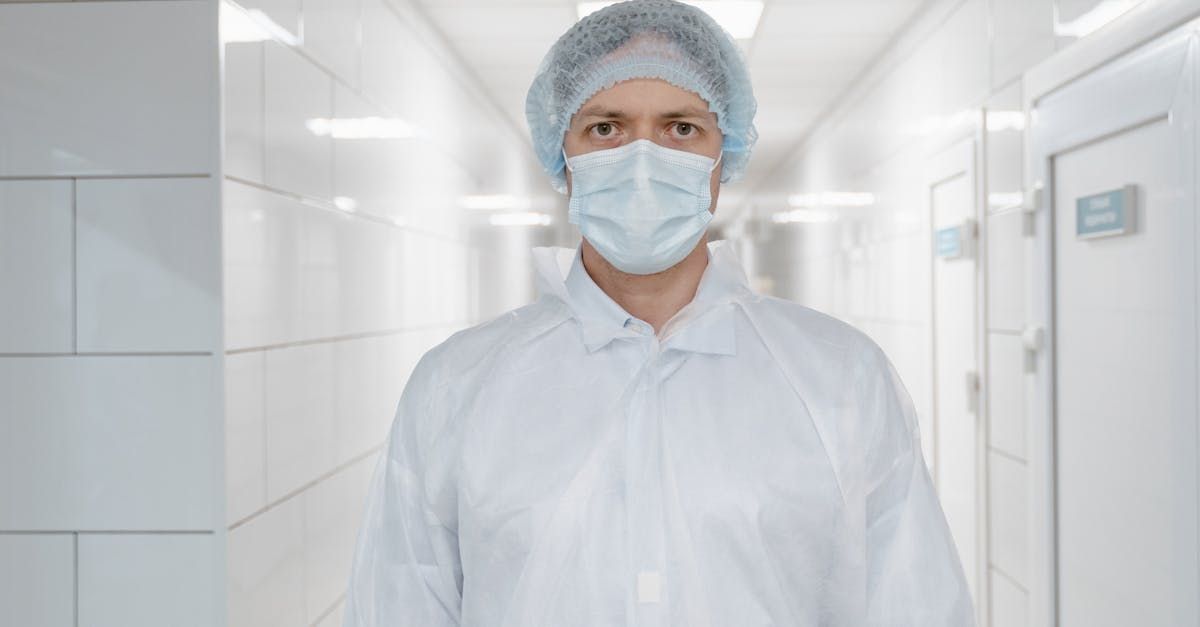


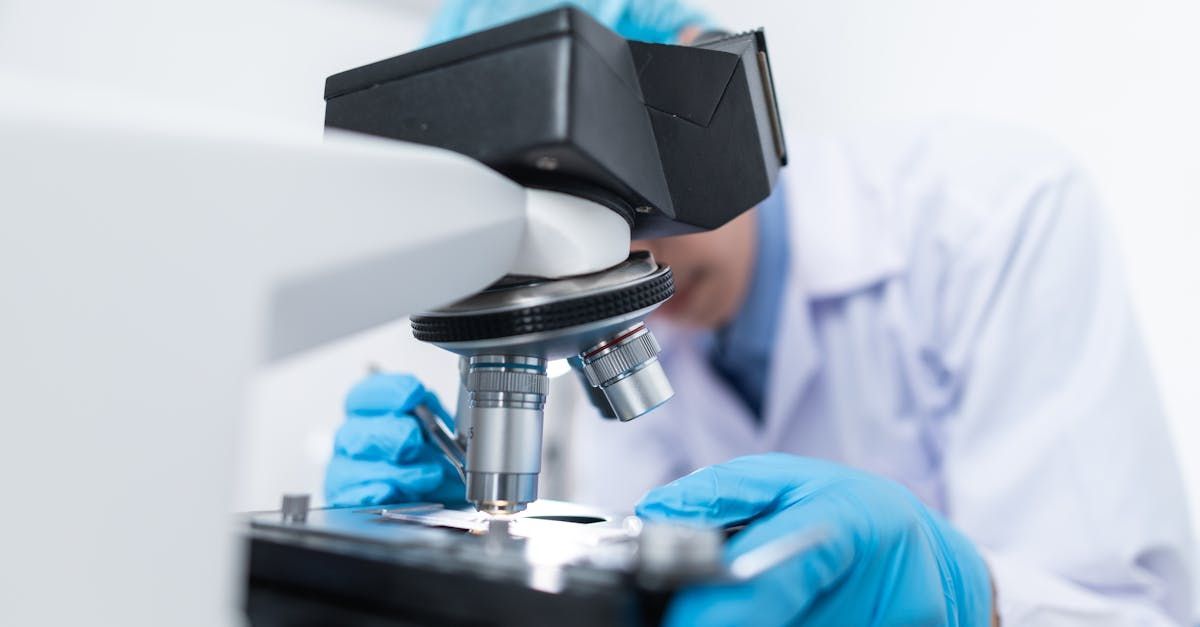
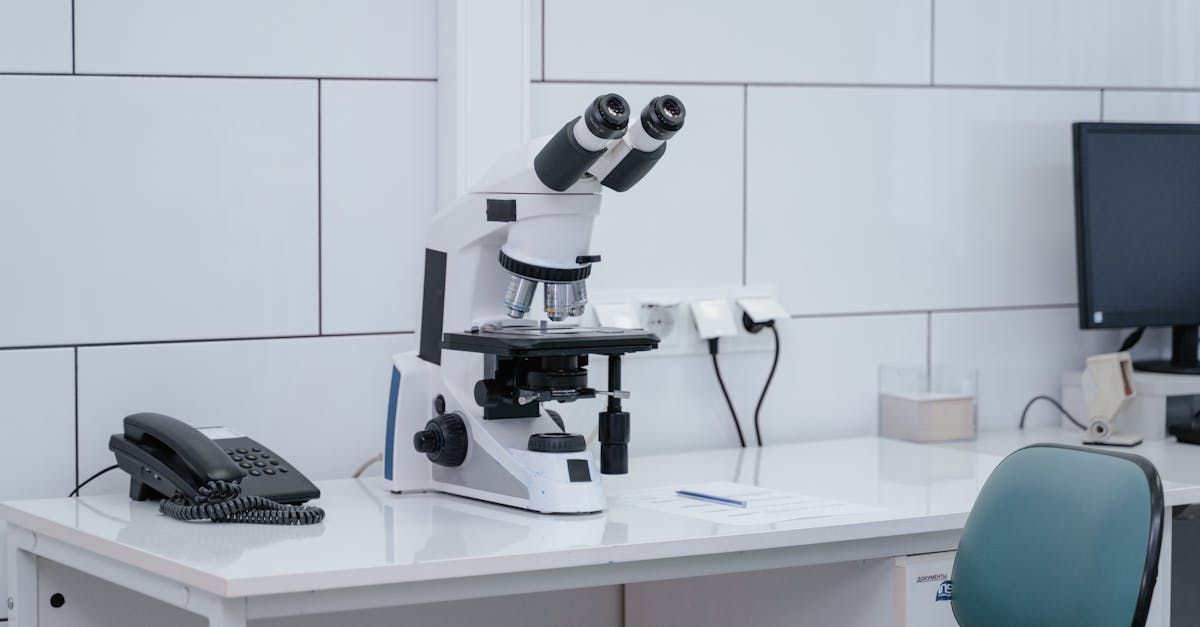

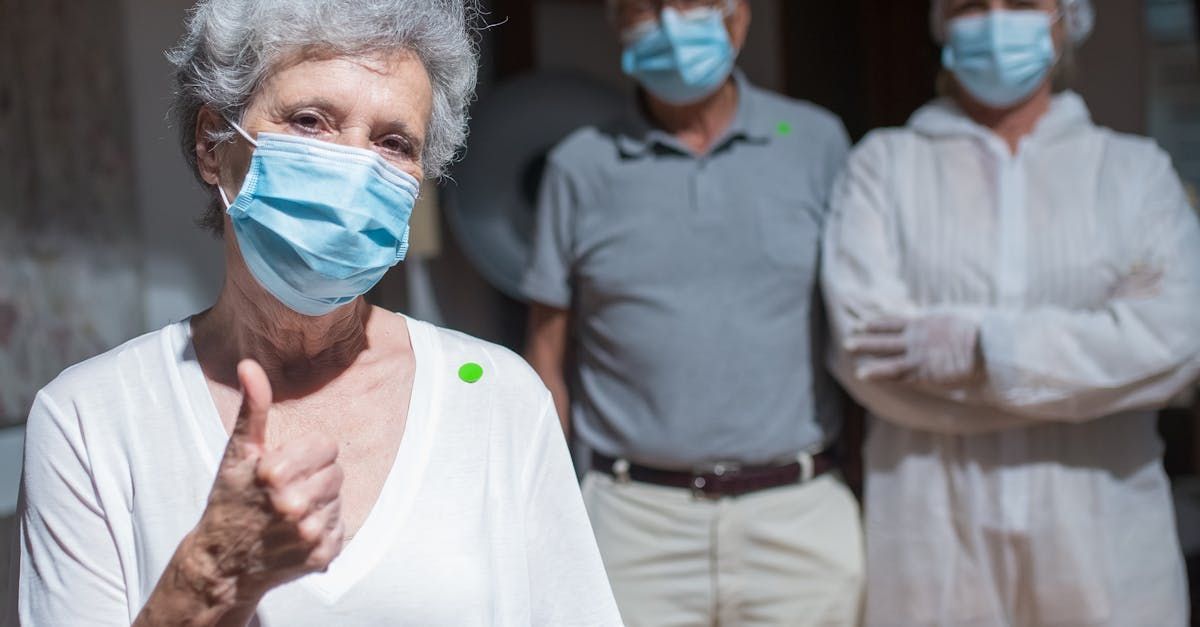
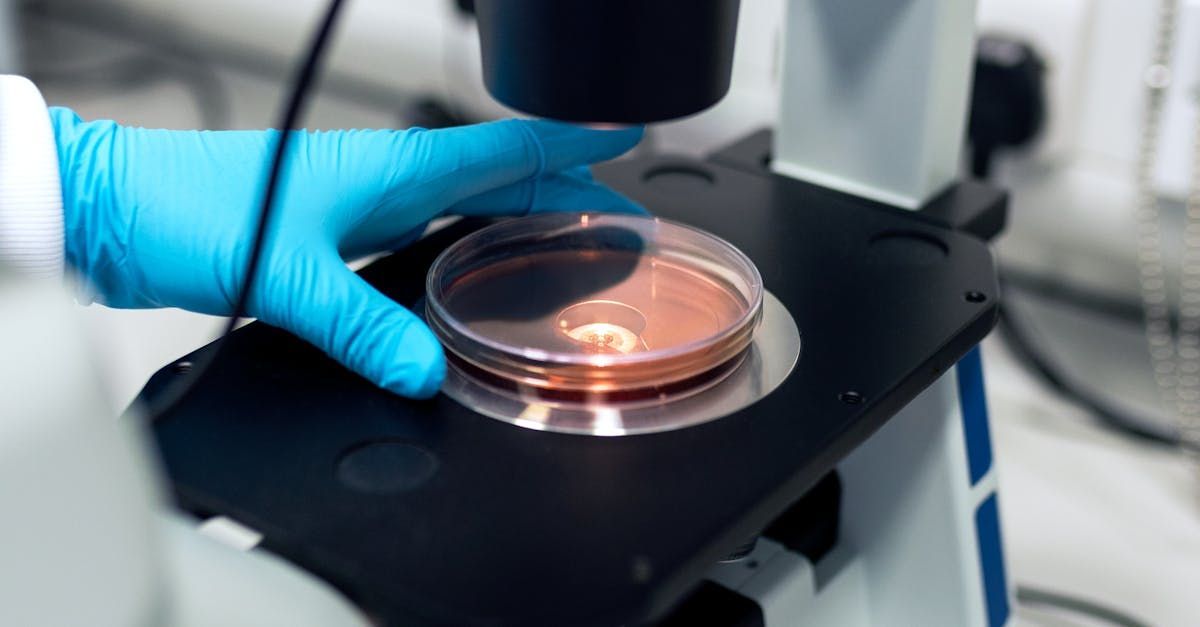


Join Our New Letter










